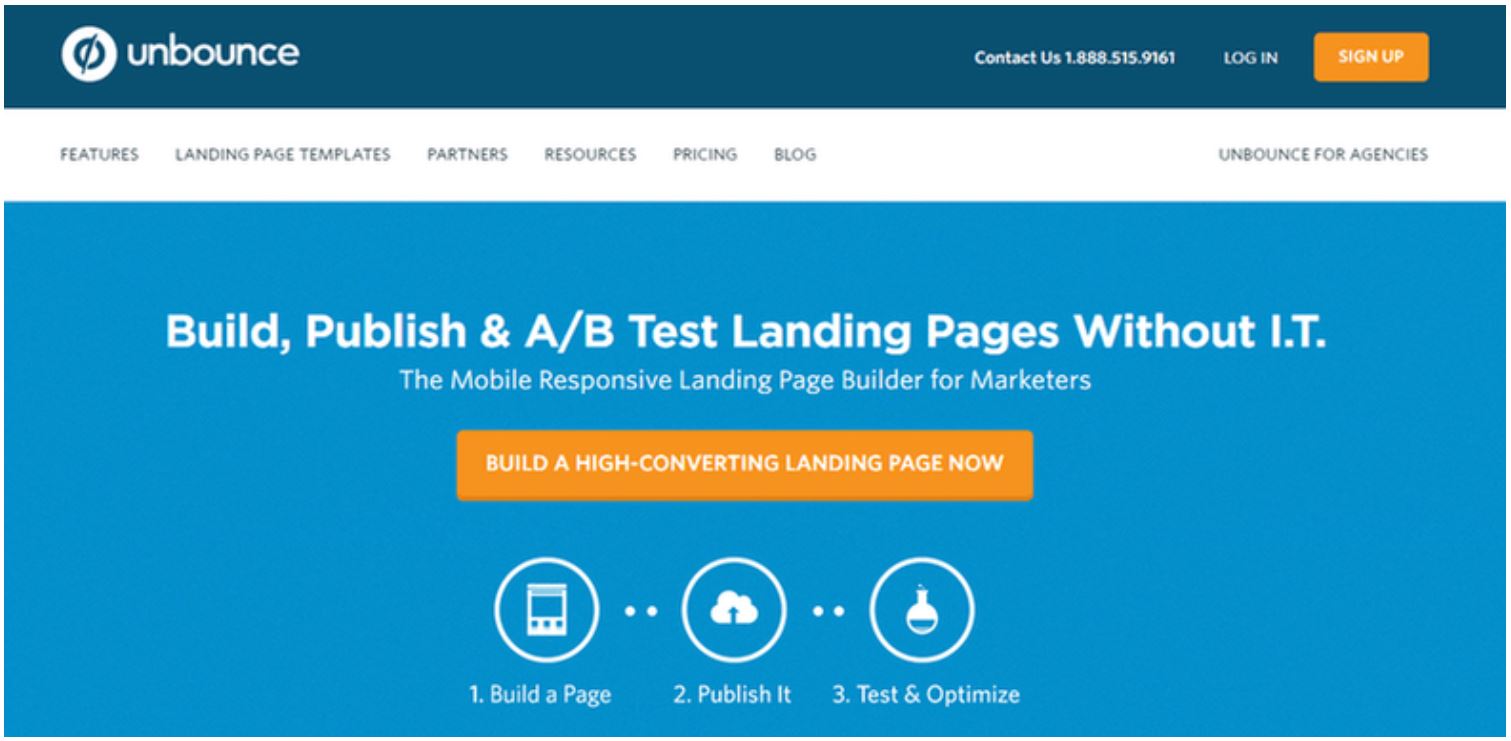How do you differentiate your business from your competitors? Simple. You answer one question: “How can you help ME?” This is the core concern of any lead you’re courting.
Because at the end of the day, if your business offers no unique value to your lead, why would they be interested in your business specifically?
Behind their research and conversation, this is their driving question: how will working with this business benefit my organization and solve my problems?
And if you don’t know how to answer this question, you’ll struggle to convert leads into sales. Point blank. A recent survey showed 88% of people surveyed weren’t confident their customers understood what made their solution unique or valuable.
There are two steps to overcoming this closing challenge:
- understanding what your business’s unique value is and
- crafting messaging that persuasively communicates that value.
In this article, we share our tools and tips to help you clearly communicate you business’s value to potential customers in a way that makes working with you a no-brainer.
What is your business’s value?
Every business needs to establish its unique value proposition, also known as a UVP. This is a term coined to describe the benefits of your product or service, what makes it unique from others, and how it solves your customers’ problems — all of which explains why your prospects should buy it.
Long–time customers already recognize your value, which makes it easier to upsell them on upgraded products and services. They already believe that your business relationship is a worthy investment.
But net new leads don’t know that yet, especially if they’ve never worked with an IT company before. It’s your responsibility to pique their interest by highlighting the value you can provide, then over-deliver on that value once they become a customer.
Existing customers and new leads will both need to determine the value of your IT business; so, it’s crucial that your UVP aligns with their needs, especially in a competitive marketplace.
How to develop a unique value proposition for IT businesses
Understanding how to communicate the value of your IT business in a succinct, yet specific, way can be challenging. Many businesses struggle to explain their value in a way that addresses the concerns of business leaders. Here are the steps you can take to demonstrate your value so you stand out to your leads.
Identify who you’re talking to
The first step in defining your unique value proposition is to determine who your key stakeholders and/or consumers are. What are their needs and pain points… and how does your product or service solve them?
When it comes to IT, most businesses need:
- Cybersecurity (both protection and training)
- Productivity-enabling workstations (servers, storage, and software)
- Scalable and powerful offerings that they can grow with (cloud computing)
- Knowledgeable technology advisor and implementer
Focus on your business impact
As an IT business, you undoubtedly see the value of IT work for any business. However, your prospects may not. What quantifiable value can you bring to the business stakeholder that will make working with you an easy “yes”? We’ll discuss ways data can prove your value later on in this article.
Determine your unique value proposition
To define your UVP, you need to be clear on the benefits and value your offer brings. What is it that differentiates you from your competitors? Make a list of the ways your business benefits your ideal customer and the unique value they receive from said benefits. Include specific ways your product is different from the competition.
What does a unique value proposition look like for an IT business?
Landing page optimization platform, Unbounce, does a great job of very clearly highlighting the value they provide from the second you see their homepage.

Their homepage headline reads: “Build, Publish & A/B Test Landing Pages Without I.T.” with a subhead of “The Mobile Responsive Landing Page Builder for Marketers.” The page’s call to action is “Build a High-Converting Landing Page Now.”
Immediately, I know a) what they offer, b) who they serve, and c) the value they provide (high conversion rates). Bonus? A/B testing is a big sore spot for many small businesses, so this value prop addresses how easy they make it. Huge win!
Follow these guidelines to create a great UVP
After you’ve done the leg work of figuring out how your product solves your customers’ problems or improves their situation, it’s time to communicate your business’s value clearly.
Because your value prop is often the first thing prospects see on your website and within other marketing assets, a UVP should always:
- Be as concise as possible while still delivering specific benefits
- Reference offerings and key vertical(s) served
- Articulate what makes you different than competitors
How to communicate your business’s value to customers
Your #1 goal when communicating your business’s value is anticipating and overcoming the objectives of stakeholders. Find ways to show your value (numbers don’t lie!) in a way that’s important to your customer — and do it in a way that feels urgent. They are missing out on positive business results by not working with you.
Present clear metrics and data to highlight your value
It’s been said that business is a numbers game, and this includes the way you define and demonstrate your value. By making objectives measurable, you can quantify your impact on a business.
Proving your effectiveness through data is a highly impactful way to persuade B2B buyers of your company’s value, as they prioritize hard evidence and ROI when making purchasing decisions.
Here are practical ways to demonstrate your value to prospects:
- Measure impact based on stakeholders’ goals, not your company’s resource allocation
- Engage stakeholders in objective-setting conversations
- Create clear reports that can be quickly digested
- Avoid granular data — stick to high-level metrics that concern executives and financial stakeholders the most
What does value look like for an IT business? There are three main areas to showcase the real impact IT has on your customers.
- Business objectives: At the end of the day, stakeholders care about the company’s financial capabilities. By measuring your product’s impact on overall business outcomes (instead of work or technical output), you can create tangible value to stakeholders.
- Customer experience: Happy customer = happy business. Keep track of things like the time it takes for critical responses, loading time, and deployment for new users.
- Improvement to workflow: While this is a lower priority than overall business objectives, workflow can have a direct impact on ROI. Find ways to measure project delivery time, work processes, and other milestones to prove value.
Prioritization
You undoubtedly recognize the value of IT for your customers’ business, but they may believe there are more-pressing projects (that require budget and oversight) are a higher priority.
Overcoming this common objection greatly increases your perceived value. It’s your job to show your prospects why your offer matters NOW.
For example, old devices leave your prospects vulnerable to cyberattacks due to expired OS updates. Legacy devices can’t operate at full capacity, slowing down the overall work capabilities. Year-over-year increases in cyberattacks and phishing puts businesses at risk of higher leadership turnover.
These are the types of “dangers” that potential customers aren’t likely focused on, but they can have a big impact on the business. Finding ways to showcase these risks is imperative to communicating the value of your IT business.
Speak in the language of your consumer
Because IT’s work is often “behind the scenes,” it’s imperative that you clearly demonstrate your value in a way that resonates with business leaders (aka those who fund IT). This means avoiding acronyms and language that’s overly technical.
Take the guesswork out of communicating with your prospects by doing research first. Talk with existing customers to find out their pain points and how your offer has alleviated that pain. How do they describe your offer? What’s their terminology?
American rhetorical theorist Kenneth Burke once said, “You persuade a man only insofar as you can talk his language by speech, gesture, tonality, order, image, attitude, idea, identifying your way with his.”
Communicating the value of your IT business to new prospects and existing customers is key to closing new sales and growing your business. From marketing materials to sales calls, you must be able to communicate your business’s value proposition in order to spark the interest of your audience.
By following the steps listed above, you help potential and current customers recognize why your offer is a crucial and worthy investment for their business.



